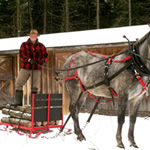
A Paul Smith's College professor takes sustainability beyond the classroom.
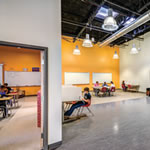
How communication, creativity and collaboration transformed Dayton's educational landscape.
Observations on the little things that impact day-to-day performance.
Want sophomores to stay? Send them away as freshmen.
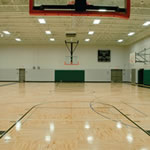
Best practices and benefits of optimizing lighting and HVAC control.
A leader in D.C. green energy initiatives.
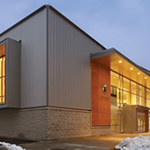
Today's options for building exteriors vary widely from traditional brick. An expanded palette of materials offers vivid color and texture choices to architects and designers.
Maintaining connectivity in school buildings requires more than bandwidth. Finding the latest "must-have" technology to engage students may boil down to keeping their batteries charged throughout the day.
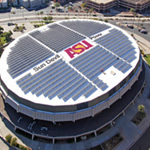
Arizona State University has developed a comprehensive solar program.
There are a number of reasons why closing a school may not be the best choice.
On Tuesday, March 4, 2014, President Obama announced his proposed 2015 Fiscal Year Budget. In recent years, the President’s budget has become more of a ritual than a reality. Maybe better described as a White House wish list. Though required by statute, these budgets are usually dead on arrival and until last year, nothing was ever resolved quickly or on time.
Ways to keep track of violations and monitor efforts to correct them.
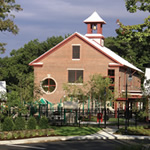
Identifying and removing common environmental hazards that can lurk throughout facilities are vital actions in maintaining a healthy campus.
An innovative program allows motivated high school students to get a head start on their college careers.
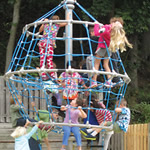
It's not just the playground anymore.